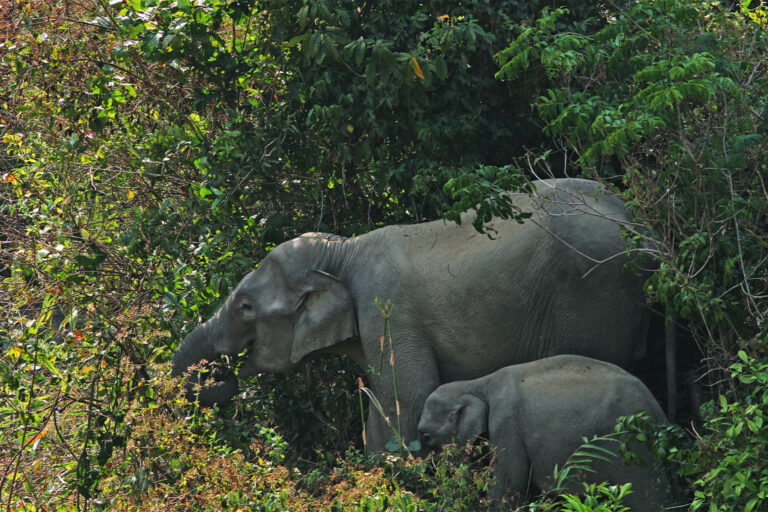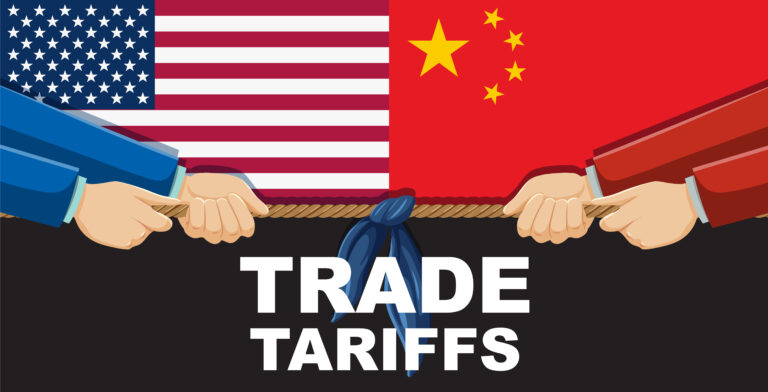
The Lipulekh Pass is a vital Himalayan corridor at the intersection between Uttarakhand, China’s Tibet Autonomous Region and Nepal. It is more than just a high-altitude route. Historically a trade and pilgrimage passage, it has become a symbol of cross-border cooperation as well as tension. Its reopening in August 2025 has reignited debates on diplomacy, sovereignty, and regional stability.
Geopolitical and Religious Significance
The Lipulekh Pass offers one of the shortest routes between India and Tibet. For India, it is not only strategically important but also spiritually significant. The pass is a designated route for the Kailash Mansarovar Yatra, a pilgrimage revered by Hindus across the world. It connects Pithoragarh in Uttarakhand with Purang (Taklakot) in Tibet, enabling both trade and people-to-people contact. This dual economic and religious role makes Lipulekh Pass central to India’s interests in the region.
India-China Cooperation: Lipulekh Pass reopens
Formal trade through the Lipulekh Pass began in 1954. In 1991 a bilateral agreement recognized it as an official border pass. Successive agreements in 1992, 2005, and 2015 expanded cooperation with Prime Minister Narendra Modi’s 2015 visit further strengthening this arrangement.
After being suspended during the COVID-19 pandemic and following the 2020 Galwan Valley clash, the pass was closed for nearly five years. In August 2025, India’s National Security Advisor Ajit Doval and China’s Foreign Minister Wang Yi agreed to reopen Lipulekh, alongside Shipki La and Nathu La, describing them as “bridges of cooperation and exchanges.” The reopening reflects cautious optimism, with border trade seen as a way to rebuild trust while supporting border communities.
Nepal’s Objections and Sovereignty Concerns

The revival of trade through Lipulekh Pass has rekindled a familiar dispute with Nepal. Kathmandu claims the Kalapani region under its jurisdiction, including Lipulekh and Limpiyadhura, based on its interpretation of colonial-era treaties and the origin of the Kali River. Nepal’s Ministry of Foreign Affairs has strongly objected, arguing that India and China cannot unilaterally decide on trade or infrastructure in what it considers its territory.
Nepalese leaders across party lines describe the agreement as undermining the nation’s sovereignty and goodwill. They urge both neighbours to respect Nepal’s official map and constitution, which depict the disputed territories as integral to the country. India has marked these claims as “untenable and not supported by historical facts,” while expressing willingness to engage Nepal in dialogue.
Economic and Strategic Dimensions
Before its closure in 2019, Lipulekh Pass supported trade worth around ₹1.5 crore annually, with more than 450 traders from Uttarakhand supplying rice, spices, flour, and hardware to Tibetan villages. In return, they imported wool, salt, herbs, and borax. For Himalayan border communities, the reopening promises not just economic revival but also cultural exchange.
Strategically, Lipulekh offers India a vantage point for troop and supply movement along the sensitive Line of Actual Control. At the same time, its role as a pilgrimage route ensures that it remains a focal point of faith as much as of defense planning.
Reasons Behind the Reopening of Lipulekh Pass
The 2025 decision was driven by three key factors. First, both India and China sought normalization after years of tension, including the Galwan clashes and pandemic disruptions. Reopening traditional trade routes symbolized a step toward easing hostility. Second, there were economic and strategic incentives: Lipulekh facilitates commerce, cultural exchange, and religious travel while reinforcing India’s presence in Uttarakhand’s sensitive frontier. Third, the move reflects a wider geopolitical calculus. With global rivalries intensifying, both countries recognized the value of managing border differences pragmatically without allowing disputes to derail broader cooperation.
Unlike Ladakh or Doklam, Lipulekh has seen no armed clashes. Disputes unfold diplomatically, though new roads and pilgrim facilities add strategic weight. For India, it is both bridge and buffer; for China, a trade link; and for Nepal, a sovereignty claim. The 2025 reopening of the Lipulekh Pass marks cautious cooperation between India and China but underscores Nepal’s objections. The pass blends faith, trade, and strategy in the Himalayas.
As it resumes its historic role, the question remains: will Lipulekh serve as a bridge of shared prosperity or go back to persist as a contested frontier?
For more such articles, check out The World Times.



